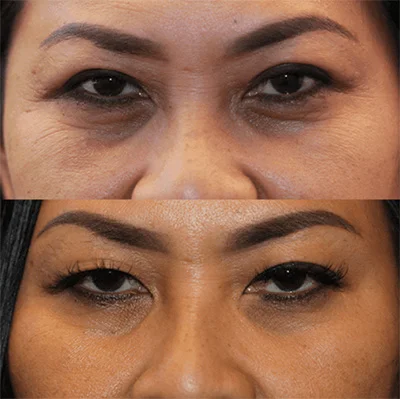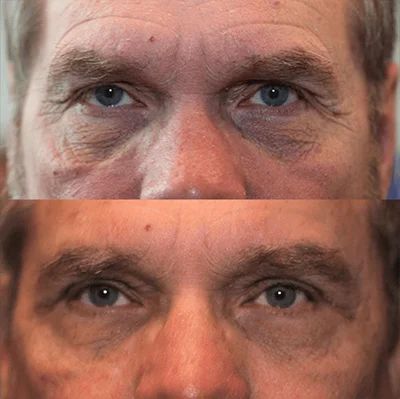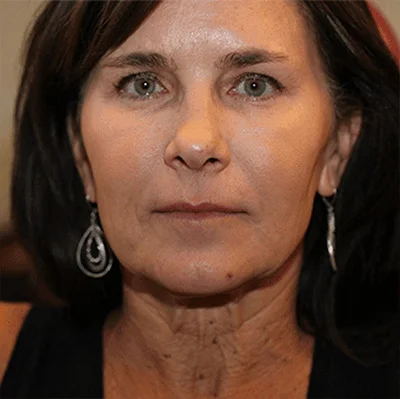
Fat transfer, also known as fat grafting, is a surgical procedure in which a doctor transfers fat from one area of the body to another through liposuction and then injection. The surgical goal is to improve or otherwise augment the area where the fat is injected.
At Arizona Ocular & Facial Plastic Surgery in Scottsdale and Peoria, oculofacial plastic and cosmetic surgeon Dr. Dustin Heringer and our staff often incorporate fat transfer as part of facelift surgery and as a more natural option to replace dermal fillers. Here’s what we want you to know about all the facial aesthetic concerns that fat grafting can improve.
History of fat transfer
The first fat-grafting procedure dates back to 1893, when a German plastic surgeon named Gustav Neuber, transferred fat from a person’s arm to the eye region to correct scars formed from a bone infection. Shortly thereafter, Dr. Viktor Czerny transferred a lipoma, a fatty tumor, to a woman’s breast to establish symmetry after she’d had a partial mastectomy.
However, over the next century, the practice had trouble catching on with surgeons because of numerous complications with the quality of the extracted fat.
In the 1990s, Dr. Sydney Coleman of New York started publishing papers that described standardized techniques for all elements of the fat grafting procedure: extraction, processing, and injection. Since then, the procedure’s popularity has increased, and doctors have discovered many other clinical applications.
How is fat transferred?
Fat grafting involves three steps:
1. Extracting the fat from donor area
Dr. Heringer extracts fat from a donor area on the body using liposuction. The procedure is most effective using manual methods and thin cannulas with small holes. Laser or ultrasonic liposuction may destroy the fat cells.
2. Processing the fat
Next, Dr. Heringer decants the fat and centrifuges it to separate debris, excess fluid, and dead cells from the viable adipose (fat) cells. Another method is to wash the fat with a sterile saline solution. In the process, he discards some of the fat cells, those which likely won’t survive the graft and may cause problems if they’re present.
3. Injecting the fat
Finally, Dr. Heringer reinjects the fat in small droplets throughout the subcutaneous tissue of the recipient area of the face. This technique ensures a good blood supply for every fat droplet, allowing the fat graft as a whole to survive. The amount of fat injected depends on the patient, the area where the processed fat is injected, and the nature of the aesthetic goal.
Facial aesthetic concerns we can improve
While fat transfer can benefit many areas of your body, including the breasts, hips, buttocks, hands, and feet, Dr. Heringer specializes in performing fat transfer for the face, where it restores a more youthful appearance.
A facial fat-grafting procedure can:
- Add volume to hollowed out or wrinkled areas such as below the eyes and the nasolabial folds
- Add volume to the cheeks by creating the appearance of higher cheekbones
- Help repair scars, including acne scars
- Improve the texture and appearance of skin
If you have areas of fat you don’t want and areas of your face where you’d like a boost, you may be a good candidate for fat grafting. To learn more and to schedule a consultation with Dr. Heringer, give us a call at either of our offices, or book online today.



